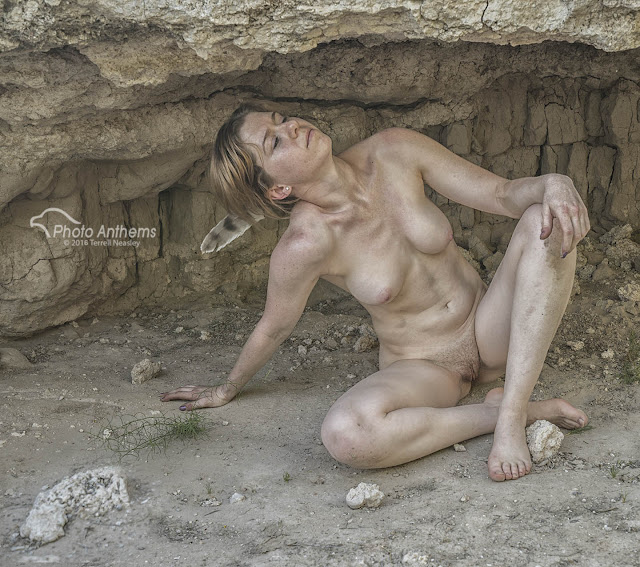 |
| Art Model Covenant, "Baby its Cold Outside..." ©2015 Terrell Neasley |
The temps dropping fast here in Las Vegas. I can only imagine what things are like in New England or the Midwest. Actually, I don't even want to imagine it. I'm having my own difficulties handling these frigid temps where its hovering around the mid-40's at night. (Don't judge me.) But the more important question is this:
What's a photographer to do when she/he is used to shooting outdoors and is partial to late evening and night time shoots?
Good question.
 |
| Art Model, Franki Dame Hotel in Las Vegas, ©2016 Terrell Neasley |
Instead, when things get cold outside, you bring all your business inside. I know...that likely means studio and you're going to throw out the "natural light" card. Well, if you want to be a shooter, you're going to have to learn ARTIFICIAL LIGHT. Okay, so the first thing you're going to need is artificial light, obviously. Take a look at some flash options. You're either going the speedlight(lite) route or studio (mono) lights. And then you're going to need some space to shoot in, which is the easiest part. You can temporarily move your furniture around to get that needed space.
 |
| Art Model, Christina. Working in my studio ©2016 Terrell Neasley |
The Promaster SM300 Digital Display 2-Light Studio Kit for about $450.
You may need to purchase some additional softboxes, but you can get that later if you want. It comes with flash sync trigger that attaches to your camera's hot shoe, as well as light stands, reflectors, and a carrying bag. I've recommended this kit to several of my clients and gave instructions on their use. They are very simple and easy to use. This is a middle ground beginner kit at 300 watt-seconds which should satisfy the majority of everything you'll need. While it may be easier to go with LED lights, which are constant light sources, but your best options are going to be with flash.
 |
| Art Model, Leslie my living room couch ©2016 Terrell Neasley |
 |
| Art Model, Justine. Still cold, Late February ©2013 Terrell Neasley |
Another option you have at your disposal is hotel rooms. I've done this plenty of times. Sometimes its actually too hot outside or your model doesn't want to be around nature. I've packed up studio gear and rented a room in several of these hotels in and around Las Vegas. The best option is to shoot during the low occupancy times of the week, like Monday through Wednesday. Thursday begins to pick up in business which is reflected in the room prices. You can literally pay $20 a night on a Tuesday and that same room will go for $120 a night by Saturday. At the very least, use the opportunity to explore options for your own stay-cations or to help with recommendations when your friends/family come to Las Vegas and you don't want them staying with you! Try to use discount sites like Travelocity, Priceline, or Booking.com rather than the actual hotel website.
 |
| Art Model Covenant, close crop, wide aperture, shallow DoF ©2016 Terrell Neasley |
Shoot in your OWN house or apartment. You'll be surprised what natural settings can do that don't have to look like a 4-star hotel. If need be, use a lenses with really wide apertures. Prime lens with f/1.8 or f/1.4 apertures are excellent for this. They give you the shallow depth of field that blur out clutter in your background. Shoot compositions that are tightly cropped in to your subject or model to further reduce clutter in your background.
 |
| Panda, my kitchen with a wide aperture ©2011 Terrell Neasley |
 |
| Super Trooper Art Model, Covenant February. Pretty damn cold ©2015 Terrell Neasley |













































